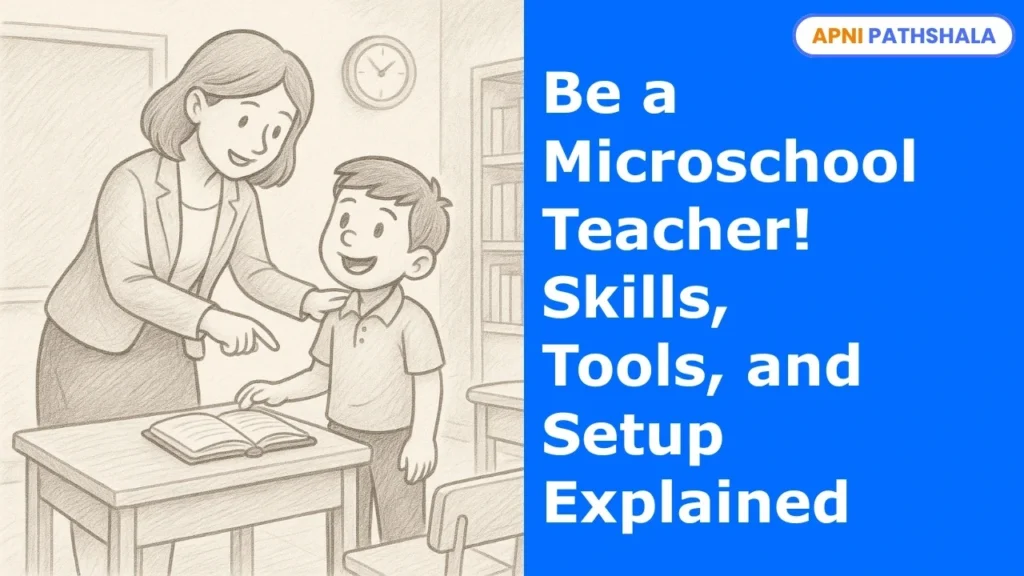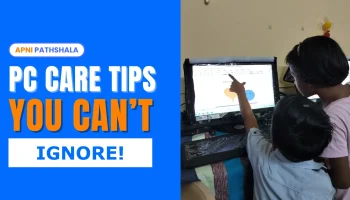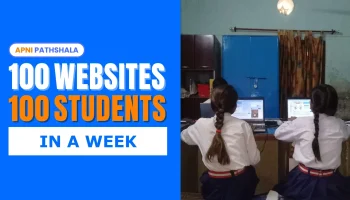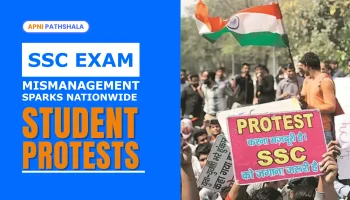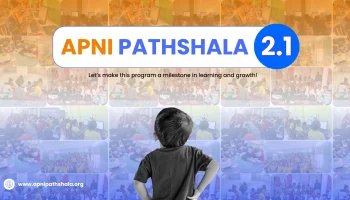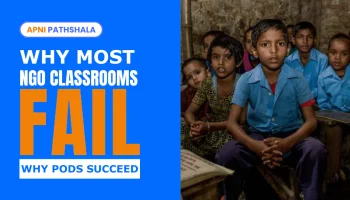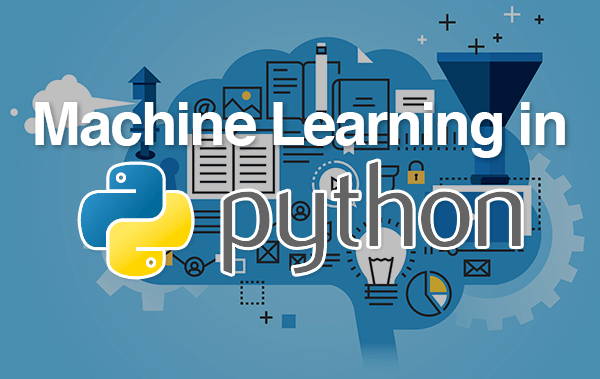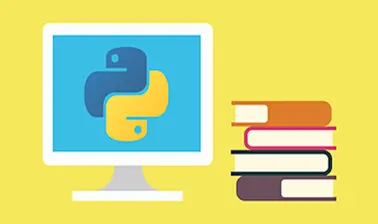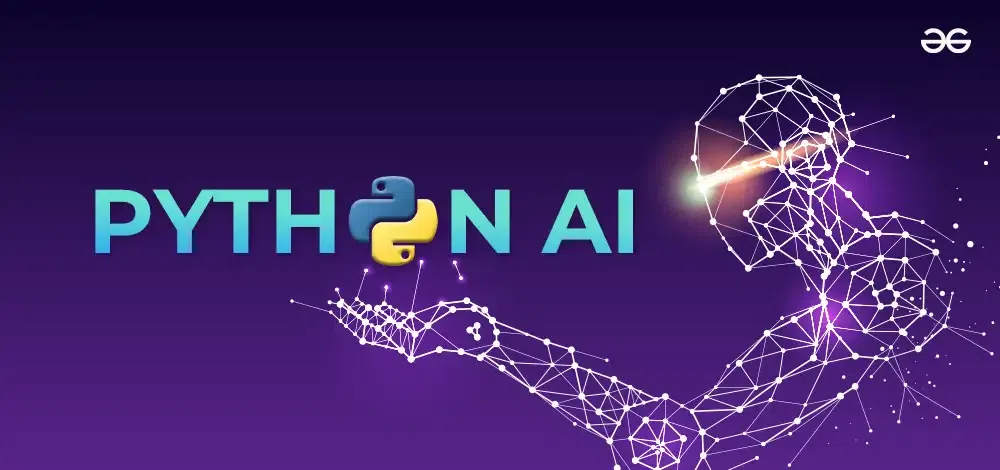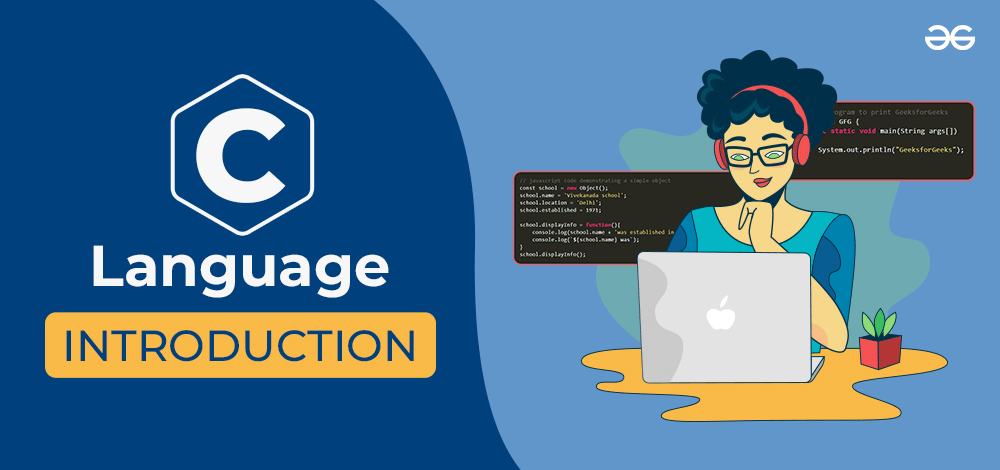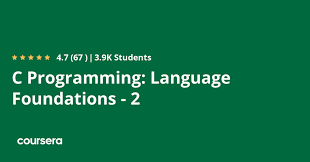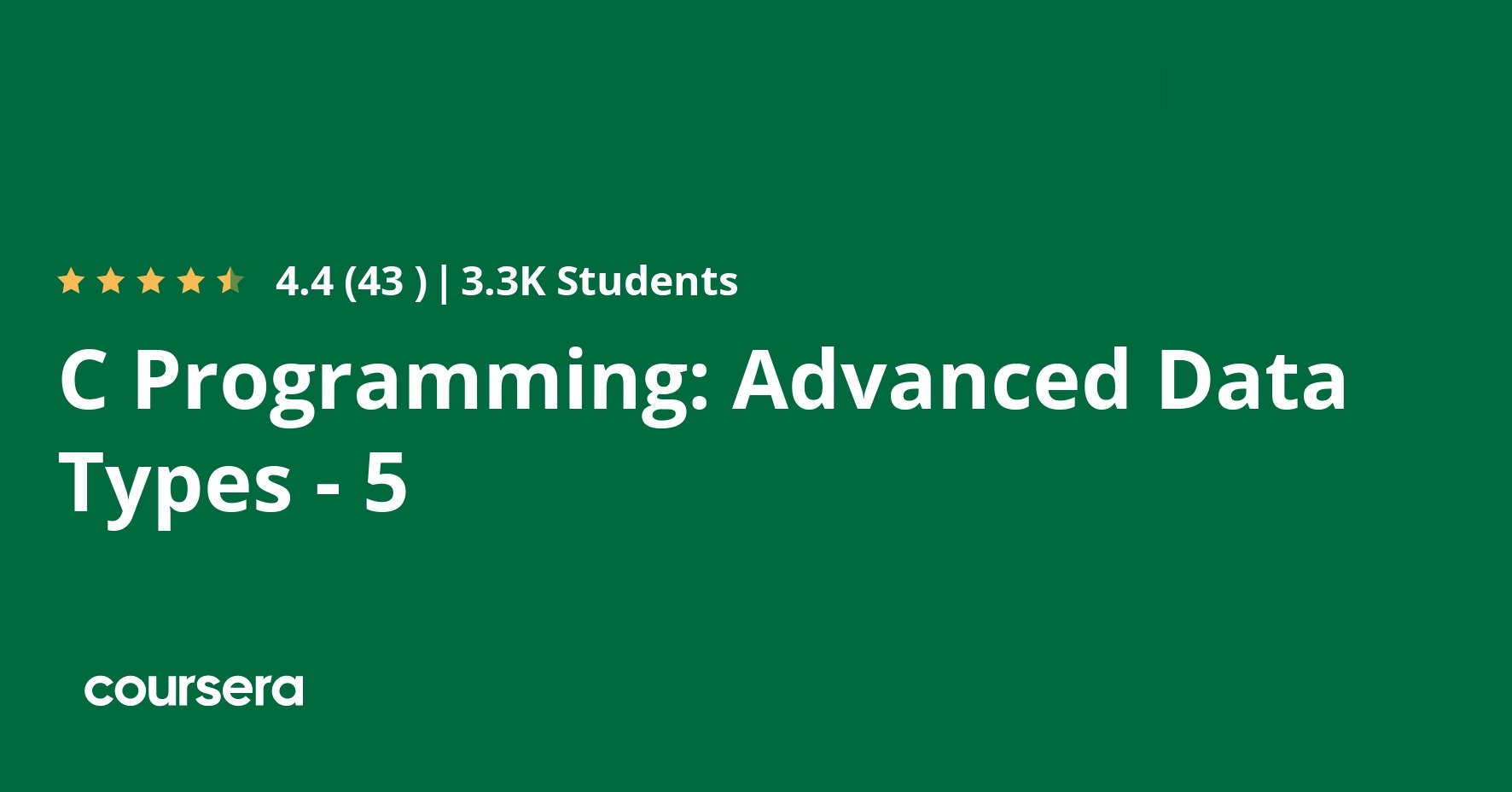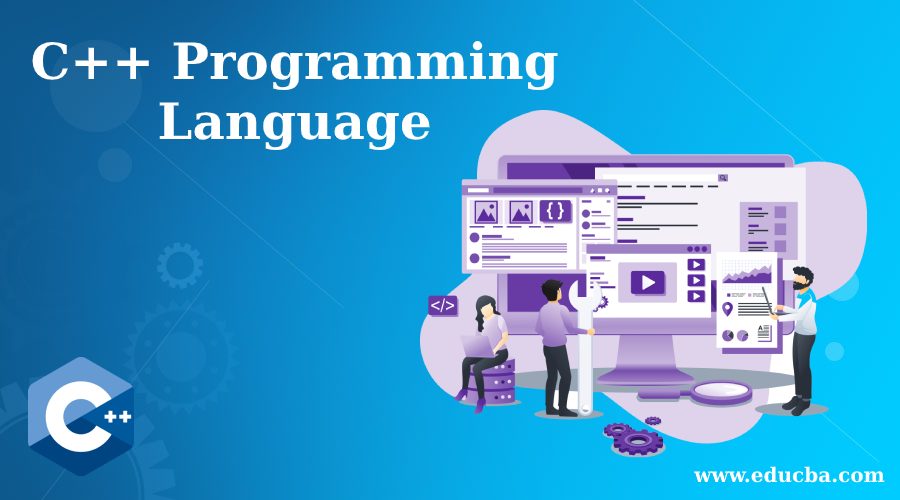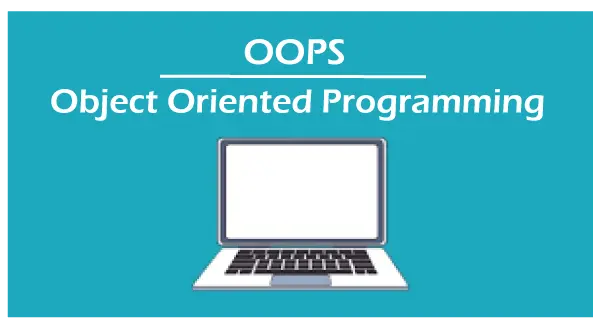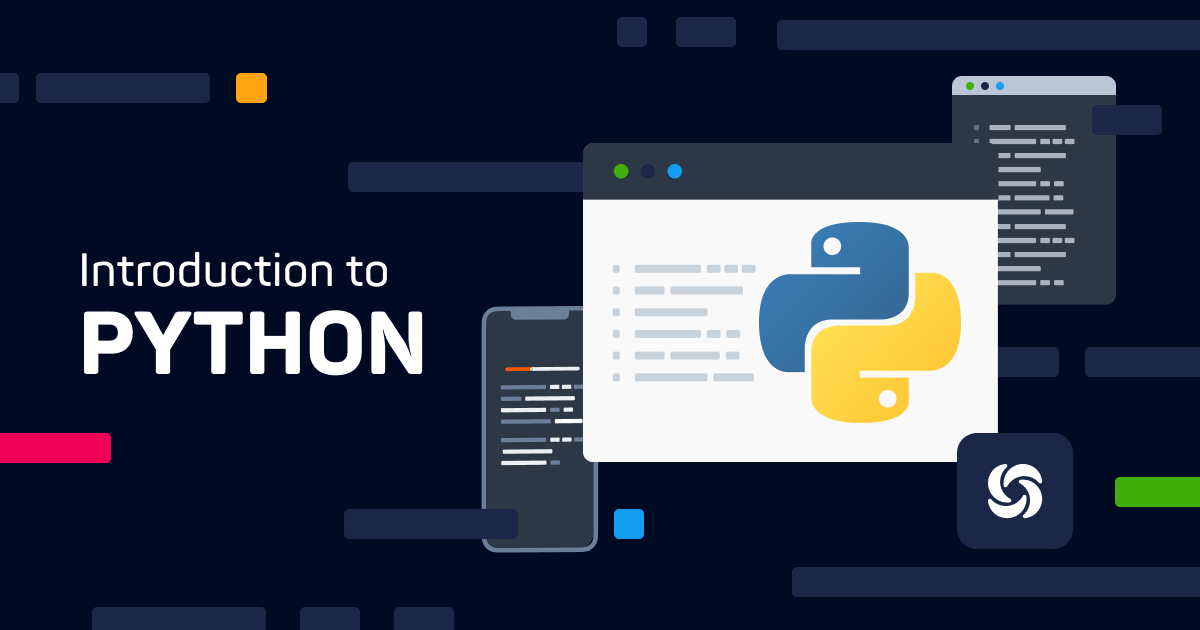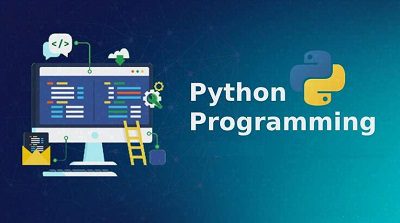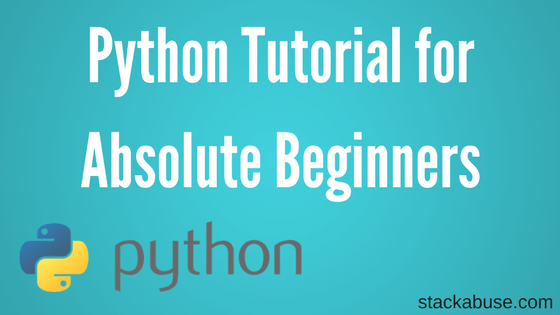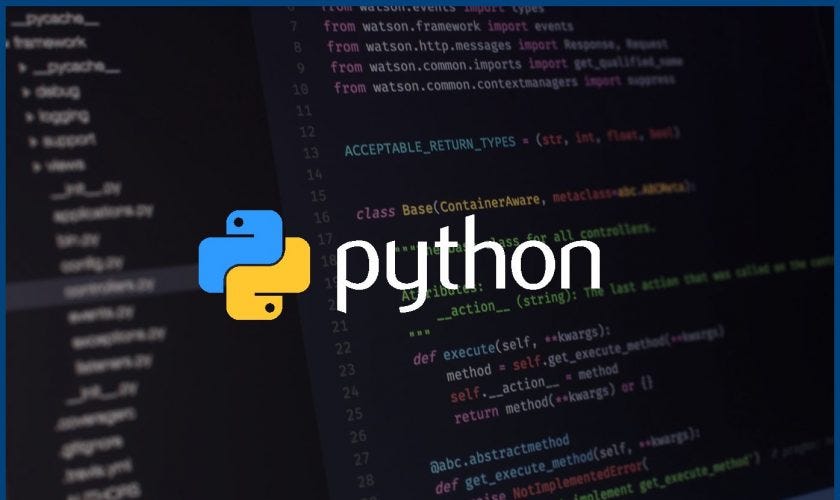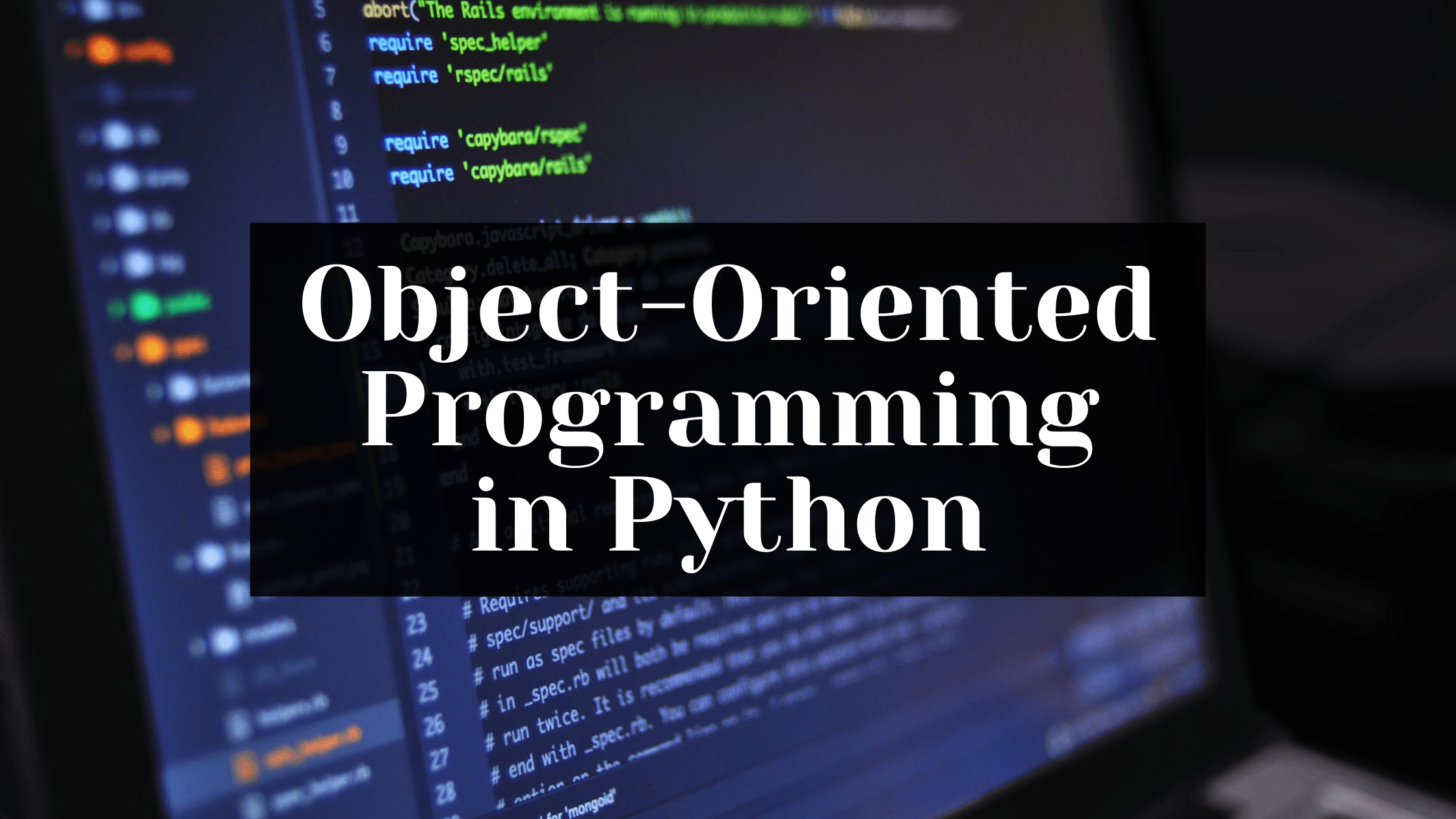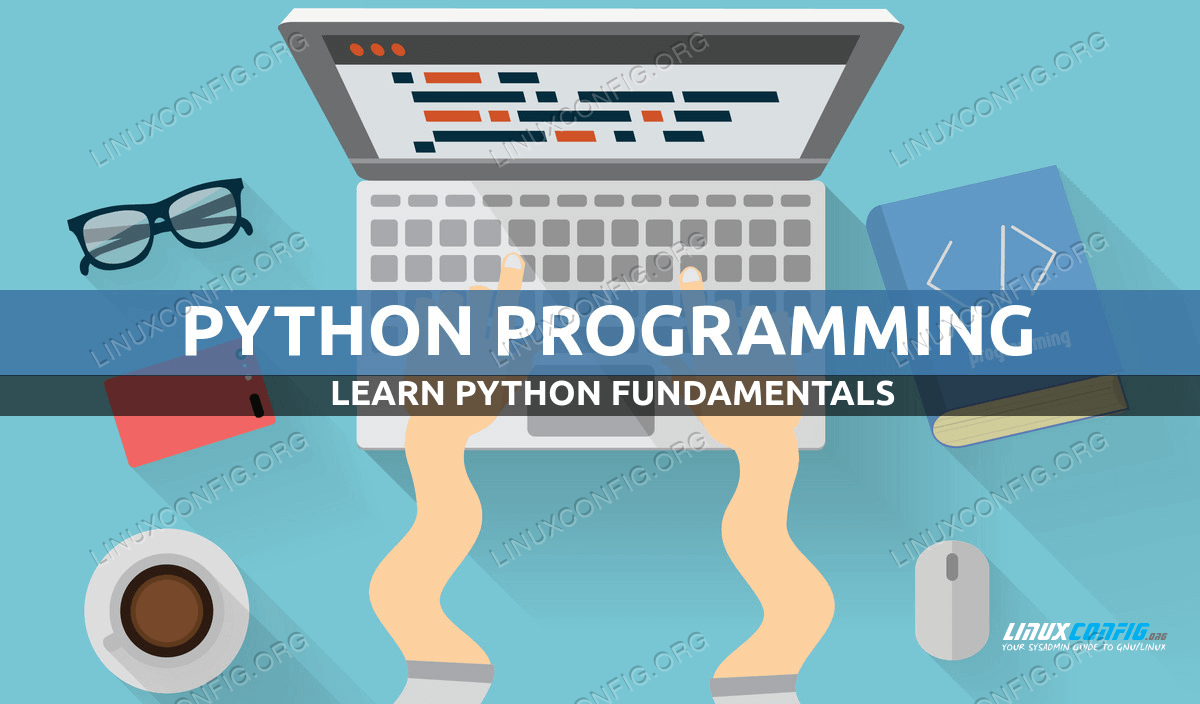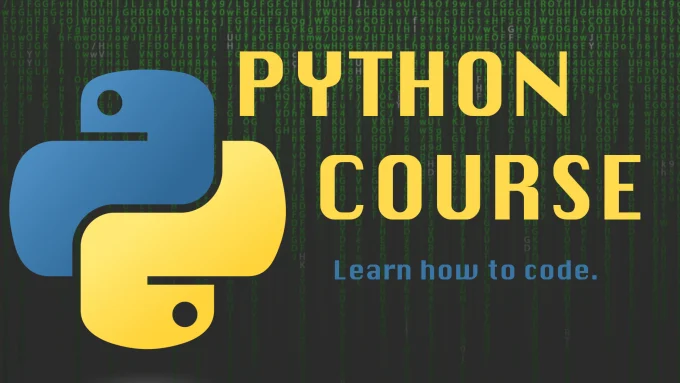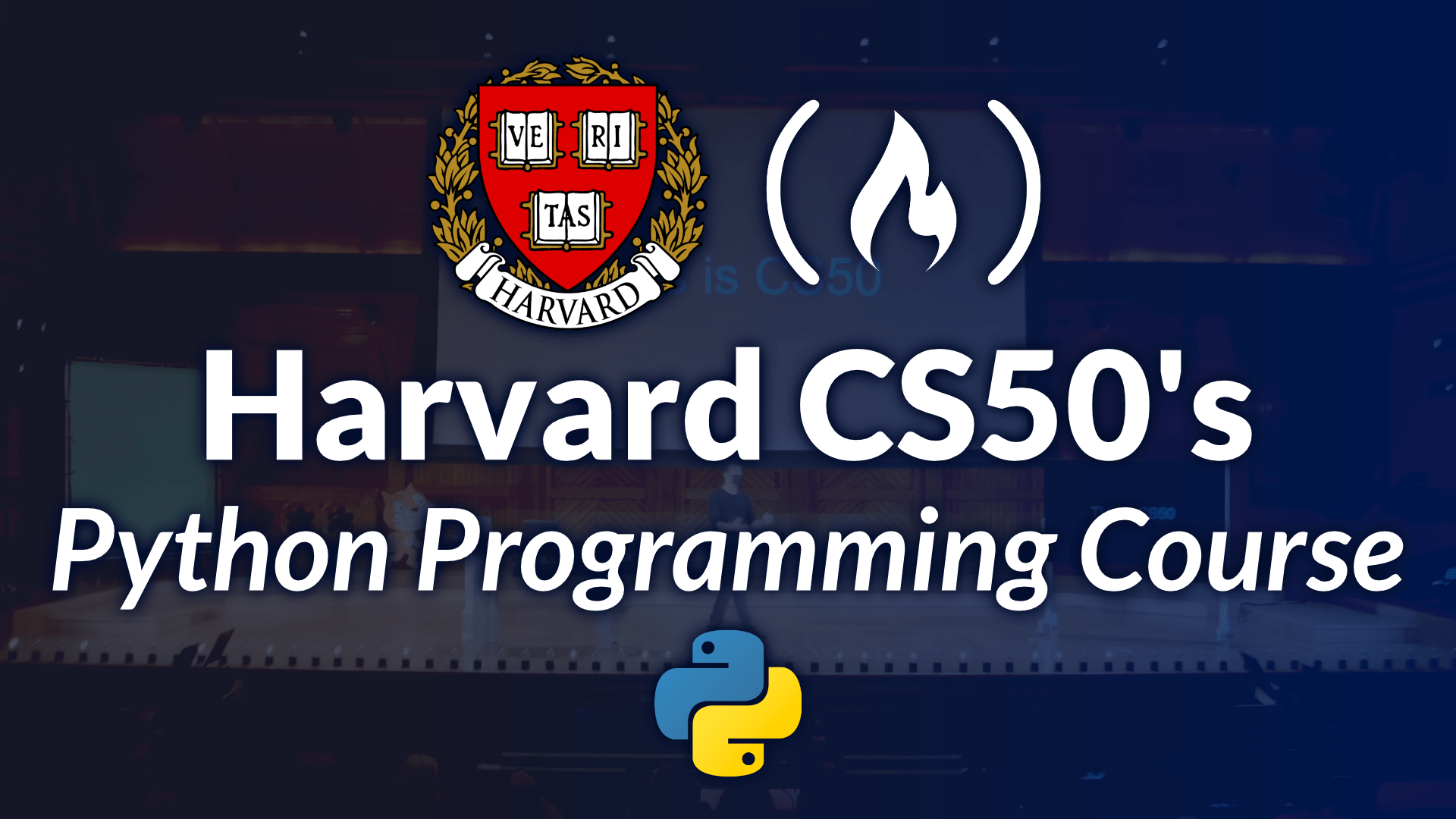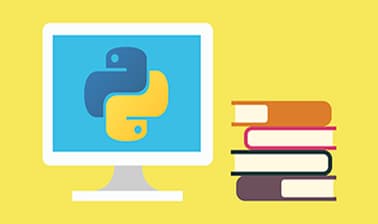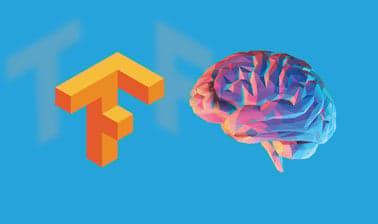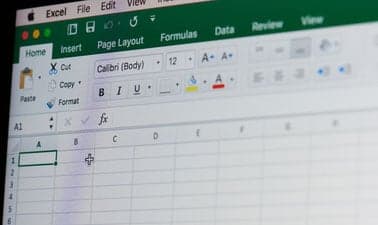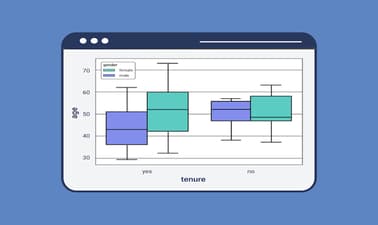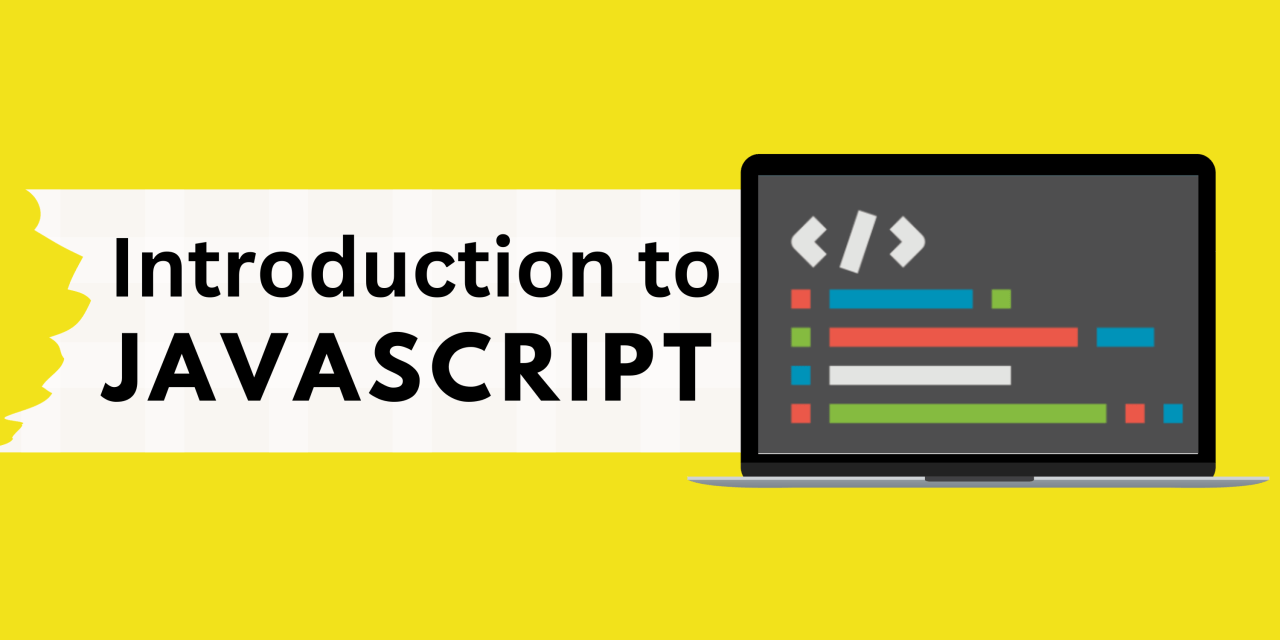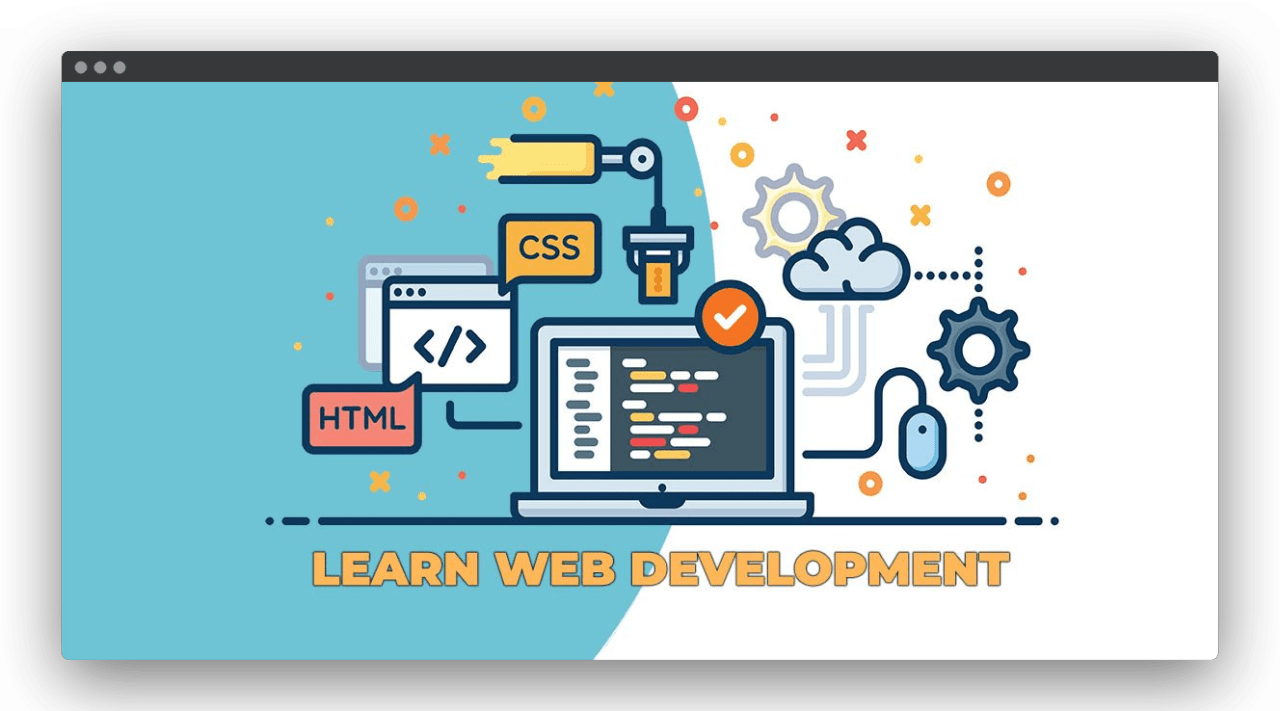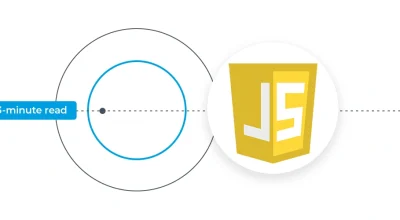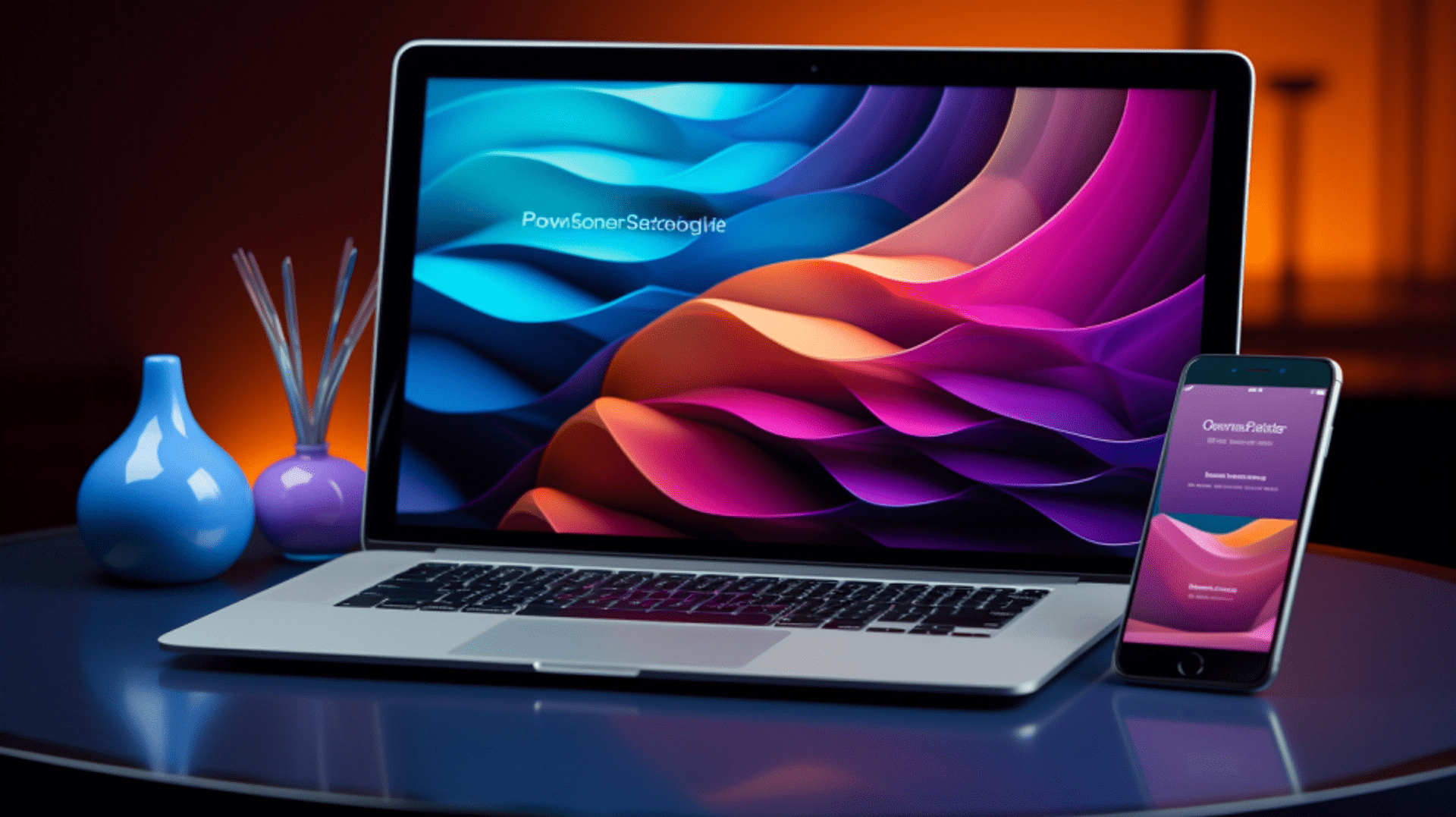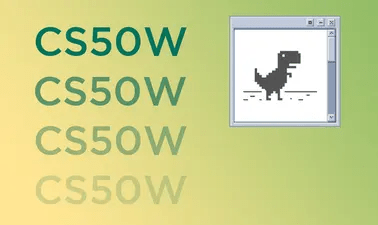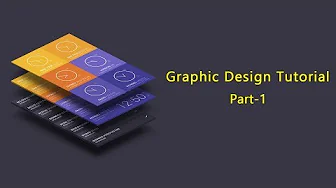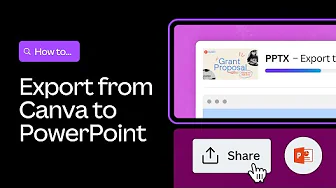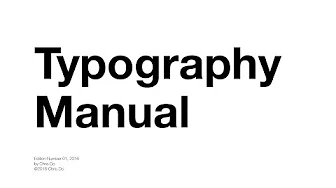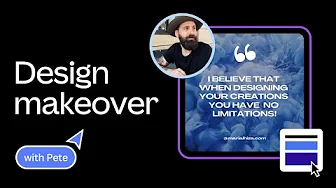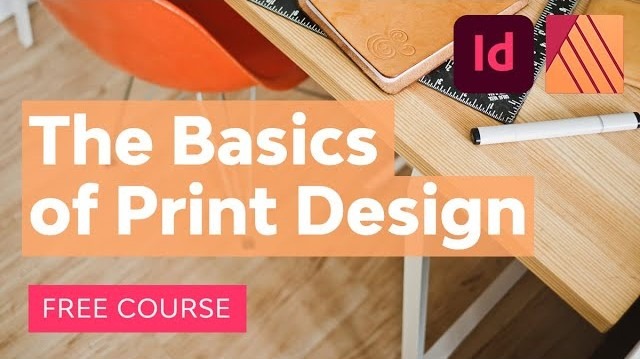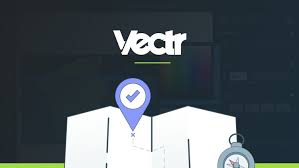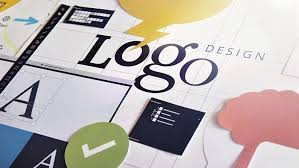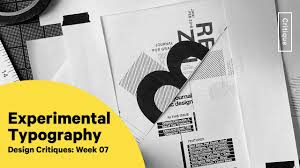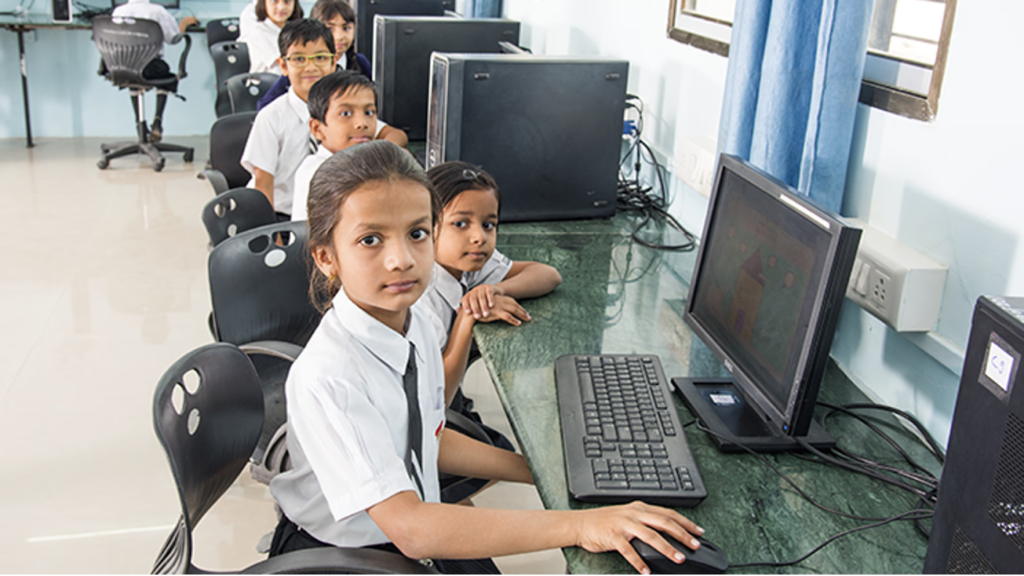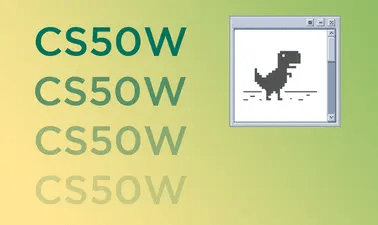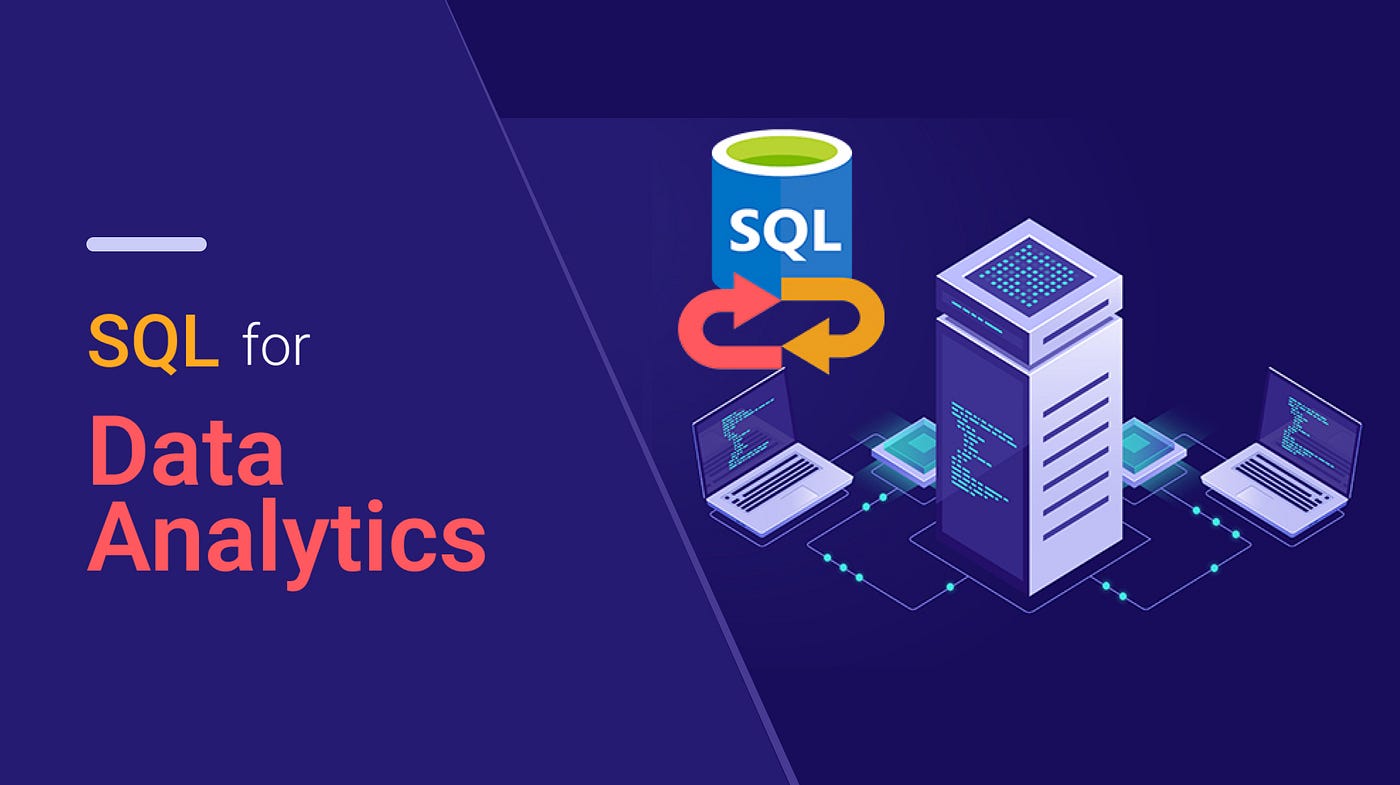The Best Way to Learn Is to Teach
Do you want to be a teacher? Then try becoming a microschool teacher.
But before we talk about how, let’s understand why.
Why Microschools Matter More Than Ever
Microschools are growing rapidly around the world. In fact, thousands of families now choose microschools as a preferred learning option because they offer something most traditional schools don’t: personal attention, community learning, and flexibility.
Imagine a classroom where the teacher knows your name, tracks your progress, and actually adapts the learning to suit you. Now compare that to the overcrowded classrooms we grew up in, where students often got lost in the crowd.
With private school fees rising across India and government schools lacking infrastructure, parents are urgently seeking better educational options. This is why microschools are becoming the preferred choice for both parents and students.
So, what is a microschool, and how can you become a teacher in one?
Why Become a Microschool Teacher?
Microschools are small, community-led classrooms with 5–15 students that focus on personalized learning, curiosity, and project-based exploration. These schools blend traditional teaching with digital tools and peer learning, making education feel more human, flexible, and local.
We all wanted a teacher who truly understood us.
Many of us didn’t find one.
But now, we can become that teacher.
Here’s why it works:
- Teach multiple small batches easily
- Make time for yourself while still helping others
- Learn new things while teaching kids
- Provide deeper help to each student
- Focus on quality over quantity
- Track every student’s progress clearly
- Build strong communication with parents
- Support weak students quickly and effectively
- Manage a workload that improves you as much as your class

What a Microschool Teacher Should Know
1. Know Your Strengths
Start by asking yourself a few simple questions:
- What am I naturally good at?
- What do others often come to me for help with?
- Which subjects or skills do I enjoy sharing with others?
Choose a niche that fits you. It could be:
- Basic computer skills and blended learning
- Courses offered in schools
- Coding and website development
- Video editing, content creation, and digital marketing
2. Skills Needed to Be a Good Microschool Teacher
You don’t need a teaching background certificate.
Focus on:
- Communication skills
- Active listening
- One strong subject skill (e.g., coding or editing)
- Creative content creation (create your own learning resources)
- Computer skills
- Problem-solving and patience
- Management skills
- Creative thinking
- Leadership skills
- Time management skills
Tools You Can Use:
- ChatGPT – helps generate examples and explanations
- Canva – design presentations and class visuals
- Excalidraw – create flowcharts and mind maps
- Humata.ai – simplify complex documents
- LearnKit – build online quizzes
👉 Explore: Top AI Tools for Parents
👉 Read: Mastering Self-Learning
2. Find a Microschool Near You
Before starting, check if there’s already a microschool in your area.
You can:
- Search on Google Maps
- Visit apnipathshala.org to explore nearby PODs
- Reach out and ask if they need volunteers or co-teachers
If you can’t find one nearby, that’s your opportunity to open your own Microschool.
3. Build a Learning Plan
Once you identify your strengths, skills, and preferred location, tailor your teaching plan accordingly. Pay attention to the topics you discuss with the most passion, or consider teaching a friend or child to see where you feel most confident. This is your starting point.
Here’s how:
- Choose your teaching schedule. Weekdays or weekends? Morning or evening?
- Break lessons into weekly topics. Start small and build up.
- Make it fun and practical. Use stories, hands-on activities, or peer discussions.
- Track progress weekly. Use simple projects, check-ins, or quizzes.
A flexible plan is better than a perfect one. Just start, adjust as you go, and keep learning together.
4. How to Start Your Own Microschool
💡 ApniPathshala supports educators by offering computers and guidance for setting up digital microschools.
- Set up a clean, quiet space with chairs, fans, Wi-Fi, proper lighting, etc.
- Build a simple plan with weekly lessons and student goals.
- Connect with parents in your area and explain your learning approach.
- Keep the number of students low (1 teacher per 10–15 learners).
- Stay flexible and improve your teaching with regular feedback.
👉 Learn more about each step in our blog: How to Open a POD

Common Questions
Do I need a certificate to teach in a microschool?
No, you just need skills and the ability to explain things clearly.
What can I teach?
Anything from basic academics to digital skills, coding, or even communication, whatever you’re confident in.
Can I start part-time?
Yes. Many microschool teachers begin with evening or weekend batches.
How do I earn?
You can charge a small fee or run it on donations, based on your model.
Where should I set up my microschool?
Any quiet, clean space near your home works well. Just ensure you have all the necessary setup resources: good lighting, comfortable seating, Wi-Fi, etc.
Final Thoughts
Microschools are more than just a response to rising school fees; they are a return to meaningful, focused, and community-based learning. As a microschool teacher, you don’t just teach a subject; you mentor, guide, and shape lives in a way traditional classrooms often can’t.
If you’ve ever dreamed of becoming the kind of teacher who knows each student by name, understands their challenges, and helps them grow, this is your chance.
You don’t need to wait for permission. All you need is a space, a plan, and the passion to make a difference.
Comment down which type of teacher you really want to be.👉 Want to see how others started? Read real success stories from our PODs across India.
👉 Curious how to begin? Visit apnipathshala.org to learn how to start your own POD, explore tools, or get support.

